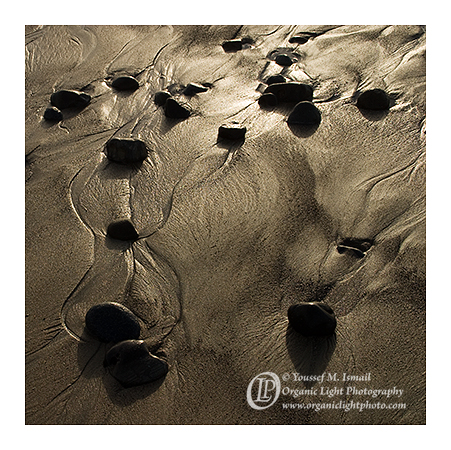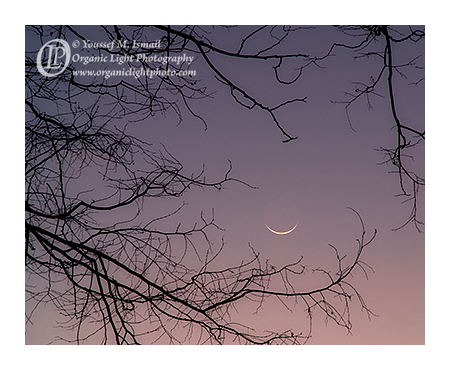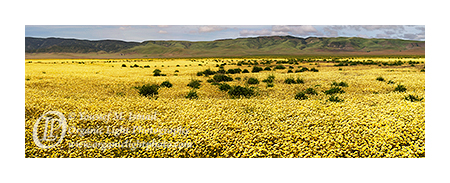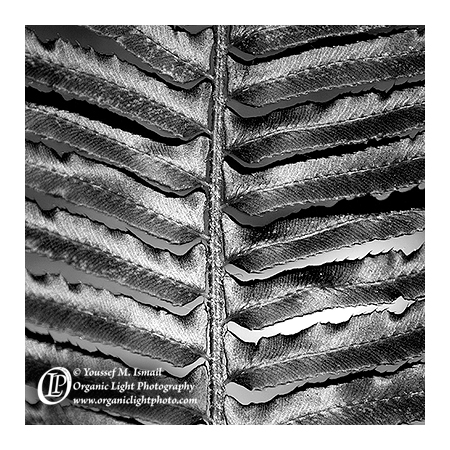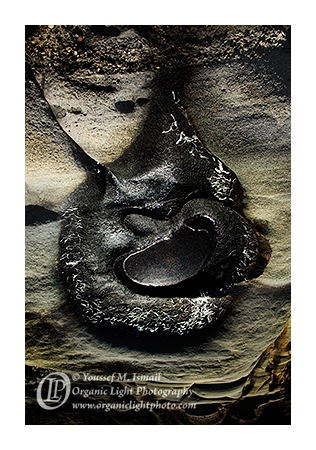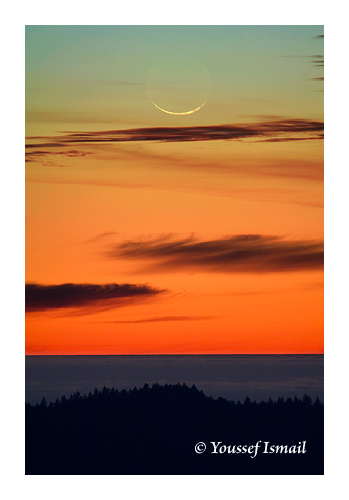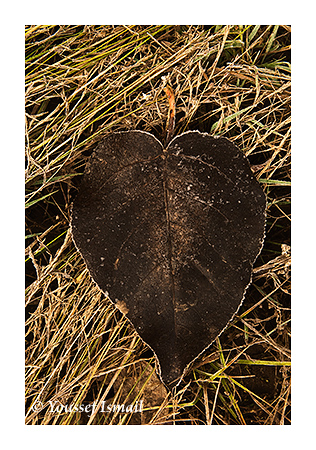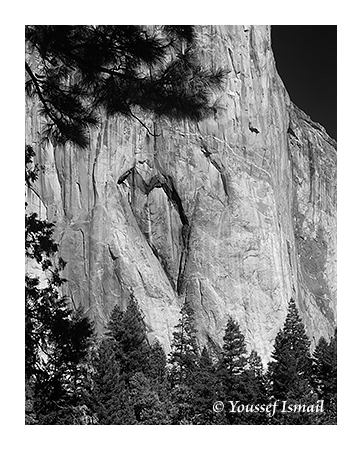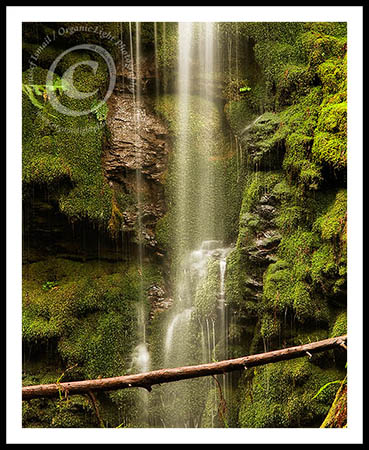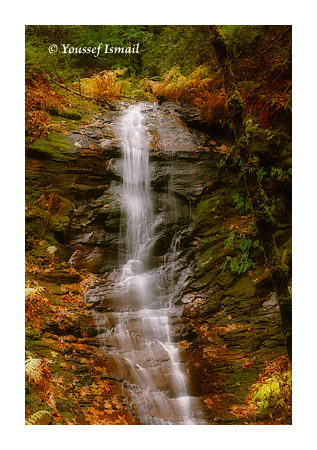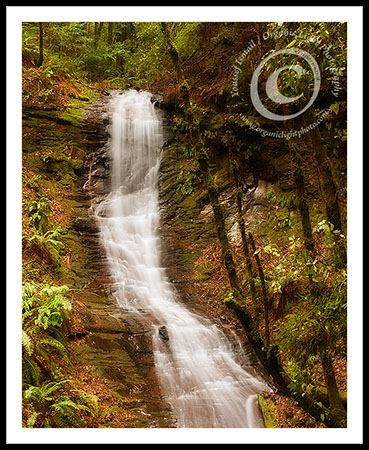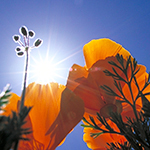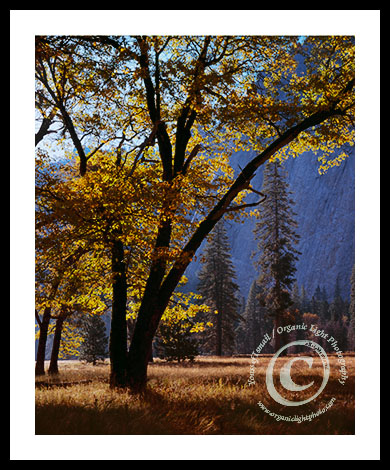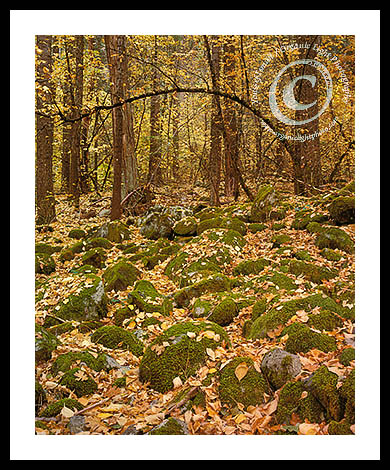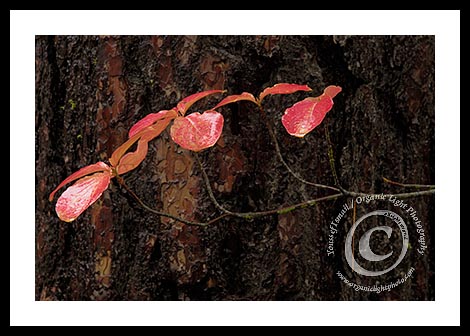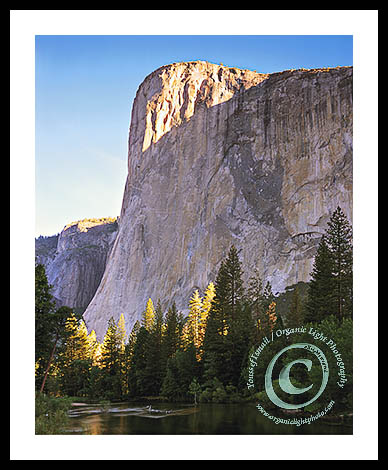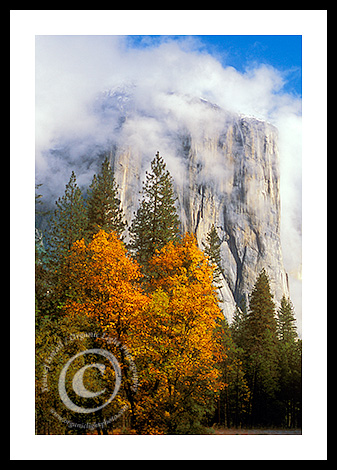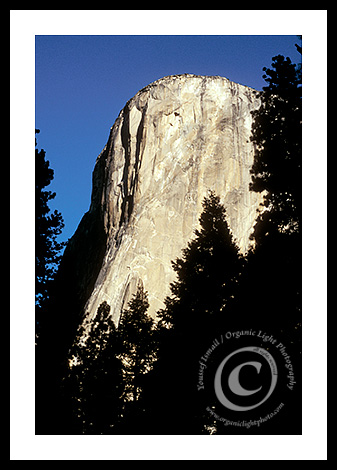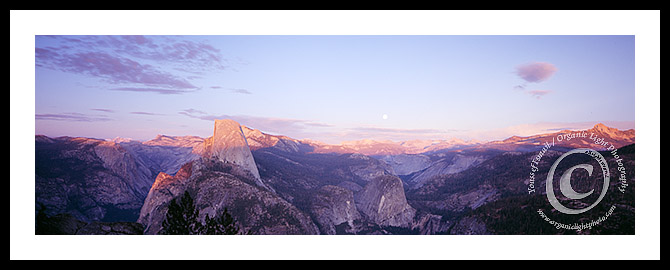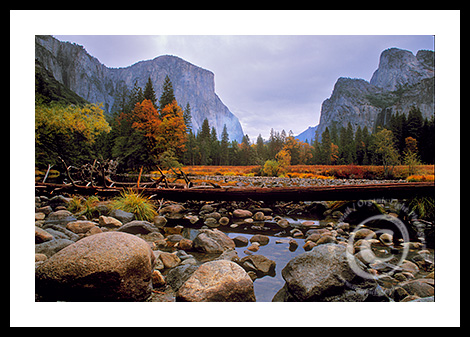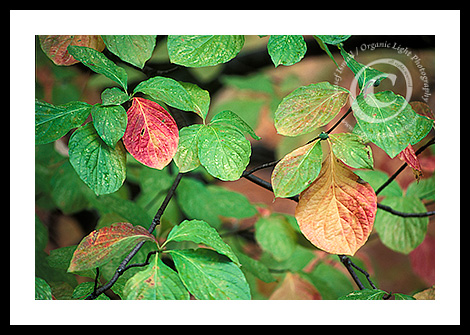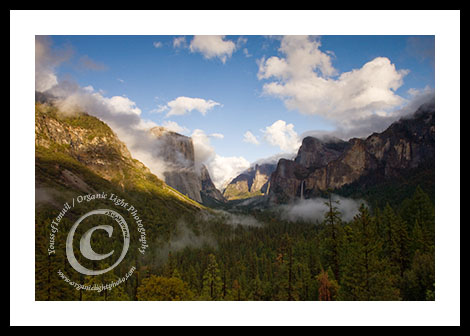Spring Sprung
Each year as winter approaches the world prepares itself to go dormant and fall asleep. Trees lose their leaves and become only skeletons of what they were. The land dry and hard awaits the rains that will make it supple once more and fertile for the seeds of the summer to finally take root. In the winter, everything goes to sleep.
So too should we take a lesson from it and learn how to look inwards and take stock, find a respite, and let go of those things that drive us so that we can rejuvenate ourselves.
However, this past winter I did not see it in that light. This past winter had to have been one of the least productive times I have ever had as a photographer. Had it not been for the new moon each month I do not think I would have even ventured out with the camera at all. All the while I questioned my worth as a photographer as no matter what I looked at I could not see anything in such a way that appealed to me to make a photo of it.
Yet when I allowed my auto-pilot to take control, I found that great photos were still coming from me even if I could or would not see it. ‘Washed’ was the only fruit that was harvested all winter.
I guess what I did not see happening was exactly what I needed. I too had gone dormant for the winter. I needed to take a creative time out to allow for new growth to emerge.
Spring entered and something sprung inside of me. In early April, still thinking I was in my slump I geared up to go out to photograph the Moon of Jamad Al-Awwal. Then just as I was about to leave, an emotional train wreck occurred that derailed my outing completely. Without the time left in the day to make it to my quite place in the mountains to see and photograph the moon in peace, as I normally do, I had only enough time to walk down my street to an opening amongst the trees to see and make a record of my celestial friend the Moon.
When I saw the moon just nestled there amongst those branches appearing safe and protected, something inside of me suddenly opened. My heart saw everything anew and I felt that Spring had finally sprung in me.
The flowers were soon to be blooming and I could barely contain the excitement in me to be out there once again finding light and bringing it back for others to see as well. The time had come and I made my trek in search of the wildflowers. I visited all my old haunts to find that even though my spring had sprung this year, for the flowers they decided to take a year off. I suppose they deserve time off as well. With just under 1000 miles of driving this year in search of those elusive gems of color, I found only one patch that conveyed my sense of coming to life again.
Standing there in Carrizo Plain I could see for miles. The elation and disappointment coupled to move me in such a way as to not let the absence of flowers keep me from enjoying Spring and I gave up on the preconceived notion of finding wildflowers and I just went wild. Photographing things for the shear joy of it. My creative juices were flowing with such fervor that I did not know when to stop.
I returned home to lead a private workshop and I took my client to all my familiar spots in the Santa Cruz Mountains and along the San Mateo Coast. I had no preconceived ideas of what I would find and I expected to just stand around most of the time directing my client at all the things that I had photographed more times than I can count without having the desire to do the same again.
The funny thing was that everything looked fresh and new, as if I had never seen them before. I took more photos in that one day than I had in possibly the last six months! I was seeing light in a very new way and I liked it.
Then the day came to a close and my elation was given a good stiff clocking to the jaw. On a beach that I have worked on for years, among hard stone sculpted over the millennia I saw what Mother Earth wanted me to see. Even though it was a spectacular day, with a slight sea breeze blowing, seagulls calling, the sound of crashing surf, the scent of the redwoods and the sounds of a babbling creek still fresh in my mind from earlier that morning, here was Mother Earth shedding one black tear. A stark reminder that she is in pain.
Even though my creativity and vision came back to me this spring, Mother Earth did not let me forget why I make portraits of her: to remind others of just how fragile she is. She also reminded me that she goes through cycles for a reason – so that growth can continue. Down time, rebirth, growth, vigor and waning are all part of a precious cycle that we must adhere to as well if we are to grow. We also must take heed in understanding that we do not make our own fate as that is in the hands of the Divine. We cannot produce whatever it is that we preconceive in our minds and that sometimes we just need to be grateful for what is given and appreciate it as much if not more than what we originally wanted. In the end, we will find that what we do come away with was much more valuable.
Enjoy the rest of Spring, it will be gone before we know it.
Peace.
